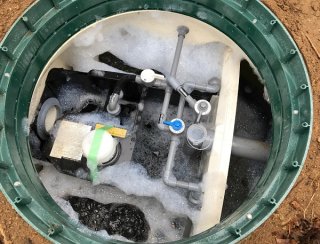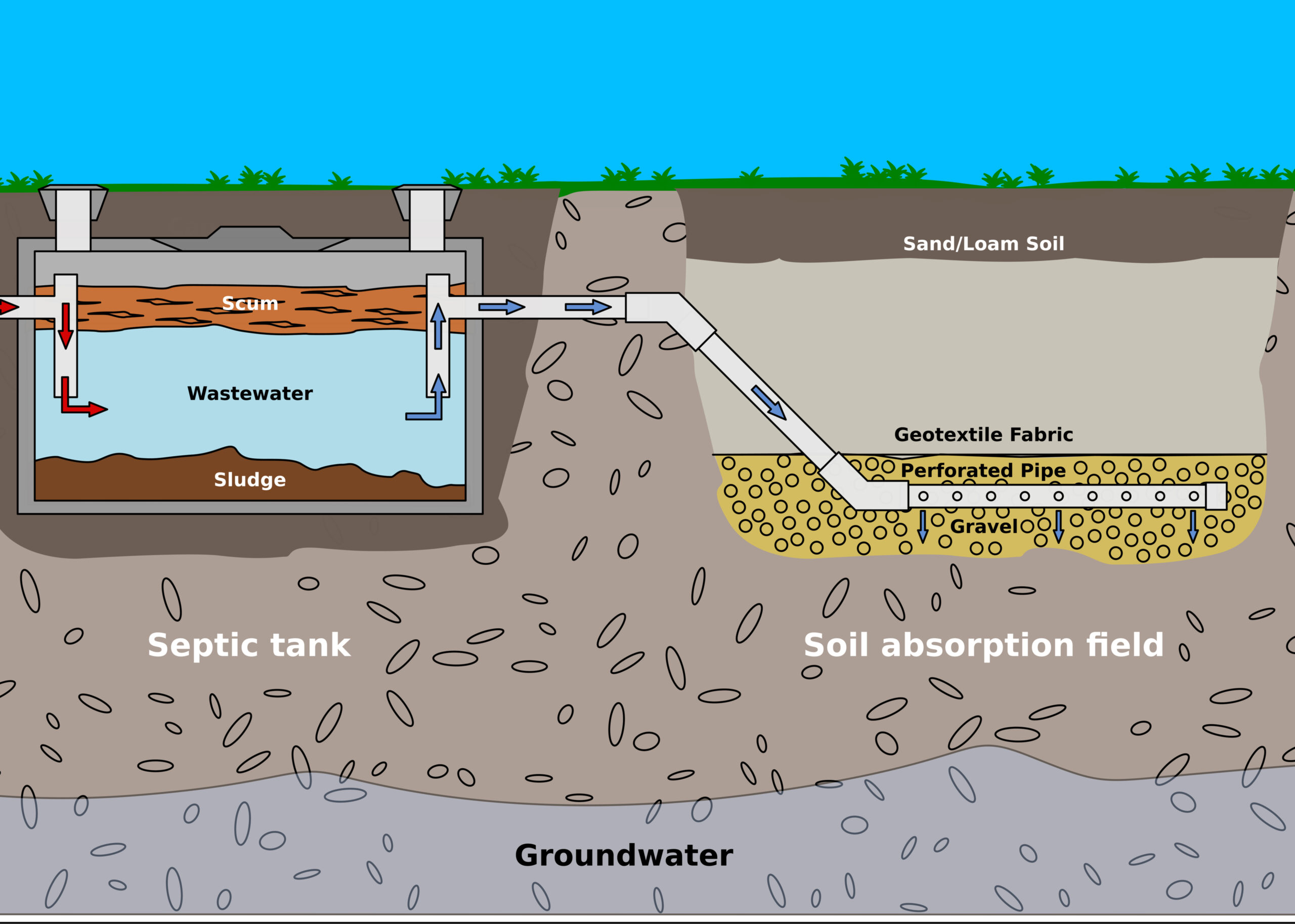Set Up Septic Tank Pumping: Lengthening the Life Expectancy of Your Septic System
Wiki Article
Deciphering the Language of Septic Tank Solutions: A Reference of Terms for Clear Communication and Understanding
Are you puzzled by the jargon made use of in septic container solutions? Don't stress, we have actually got you covered! In this post, we'll assist you decipher the language of septic storage tank services with a handy reference of terms. From recognizing the fundamentals of your septic system to dealing with sludge buildup, we'll give clear explanations to guarantee clear interaction and understanding. Bid farewell to complication and hey there to a well-kept septic tank!Septic System: Recognizing the Basics

If you are unfamiliar with sewage-disposal tanks, they are underground containers that treat and hold wastewater from your home. These tanks are a vital part of your home's pipes system, liable for securely and efficiently handling the waste generated by your everyday activities. Recognizing the fundamentals of septic systems is crucial in order to guarantee their correct capability and prevent pricey fixings.
A septic container consists of 2 primary elements: the tank itself and the drainfield. The solids resolve at the base of the storage tank, forming a layer of sludge, while the fluids, understood as effluent, rise to the top.
Regular upkeep of your sewage-disposal tank is vital to stop problems such as clogs, backups, and system failings. It is advised to have your tank pumped every three to 5 years, depending upon its size and use. In addition, it is essential to be mindful of what you purge away and commodes, as specific chemicals and products can harm the bacterial equilibrium in the tank.
Drainpipe Field: The Duty of Dirt in Garbage Disposal
To maintain the appropriate functionality of your septic container system, it is vital to recognize the duty of the drain field in garbage disposal and exactly how the surrounding soil plays an essential function in this process. The drain field, additionally called the leach field or absorption field, is a crucial part of a septic tank. Its main function is to filter and deal with the wastewater that spurts of the septic container.As soon as the wastewater leaves the septic system, it is distributed uniformly across the drain area with a network of trenches or pipes. The drain area includes a layer of crushed rock or rock, which assists to disperse the wastewater evenly and advertise efficient filtration. Listed below the gravel layer, there is a layer of soil that works as a natural filter.
The soil in the drainpipe area plays an important duty in the therapy of wastewater. As the wastewater percolates through the dirt, it undergoes an all-natural procedure of filtering and purification. The soil works as a physical and biological filter, eliminating dangerous microorganisms, viruses, and various other pollutants from the wastewater.
The structure and quality of the dirt are crucial for the efficient performance of the drain field - septic tank pumping. The soil must have excellent percolation rates to permit the wastewater to relocate via it quickly. In addition, the soil needs to have sufficient oxygen levels to support the growth of aerobic microorganisms, which help in the failure of raw material in the wastewater

Effluent: the Fluid Waste From Your Septic Tank
As the wastewater leaves the drainpipe area, it is called effluent, and it is necessary to recognize the characteristics and management of this liquid waste from your septic tank. Effluent is the term made use of to explain the cured wastewater that spurts of your sewage-disposal tank and into the drainpipe area. septic tank pumping. This liquid waste consists of a mix of water, raw material, and liquified solidsEffluent need to be clear and totally free of any kind of unpleasant odors. It can be an indicator of an issue with your septic system if you notice any type of nasty scents or staining. Routine upkeep and pumping of your septic system can aid ensure that the effluent stays clean and totally free from contaminants.
Proper monitoring of effluent is critical to stop contamination of the surrounding setting. The drain field is made to filter and deal with the effluent before it gets in the soil. It is essential to avoid any kind of activities that can potentially damage the drainpipe field, such as parking cars or planting trees with deep origin systems.
Sludge: Taking Care Of Strong Waste Buildup
When managing strong waste buildup in your septic tank, proper monitoring of sludge is important. Sludge refers to the anonymous thick layer of strong waste that accumulates at the end of your septic container gradually. If not taken care of correctly, sludge can create numerous problems, such as obstructing, backups, and also system failing.Normal maintenance is crucial to stop sludge buildup. It is suggested to have your sewage-disposal tank pumped every three to five years, relying on the dimension of your home and the tank's ability. Pumping removes the collected sludge, permitting your septic system to work efficiently.
Along with routine pumping, there are a couple of actions you can take to minimize sludge build-up. Be mindful of what you purge down the drain. Prevent dealing with non-biodegradable items, such as paper towels, diapers, description and hygienic items. These can add to sludge accumulation. Second, take into consideration making use of septic-safe products that won't interfere with the natural microbial equilibrium in your system.
Pumping: Preserving the Wellness of Your Sewage-disposal Tank
Keep the wellness of your septic storage tank by consistently pumping it. Over time, solid waste and sludge build up in the tank, which can lead to obstructions, back-ups, and even system failing.The frequency of pumping depends on various variables such as the size of the storage tank, the number of occupants in your home, and the usage of water. On standard, septic storage tanks ought to be pumped every 3 to five years.
Final Thought
So there you have it: an useful glossary of terms to assist you better comprehend the language of septic system solutions. Whether it's discovering the essentials of septic containers, understanding the function of the drain area, or knowing how to deal with sludge accumulation, this reference will certainly make sure clear interaction and a better understanding of your septic tank. Keep these terms in mind to maintain the health and performance of your septic container.A septic tank consists of 2 main components: the storage tank itself and the drainfield.Routine upkeep of your septic tank is like it crucial to stop problems such as obstructions, backups, and system failures.To preserve the appropriate capability of your septic container system, it is important to recognize the role of the drain field in waste disposal and how the surrounding dirt plays a vital duty in this procedure. It is advised to have your septic storage tank pumped every 3 to five years, depending on the size of your home and the tank's capability. Whether it's discovering regarding the basics of septic tanks, comprehending the duty of the drainpipe area, or understanding exactly how to deal with sludge build-up, this reference will certainly make sure clear communication and a much better understanding of your septic system.
Report this wiki page